Cantonese Cuisine (Guangdong Cuisine)
Guangdong Cuisine, also known as Cantonese Cuisine or Yue Cuisine. With a history spanning over 2,000 years, this culinary tradition hails from the Guangdong Province in Southern China, and has influenced the global food scene in a lasting way with its rich heritage, distinctive flavors, and culinary secrets.
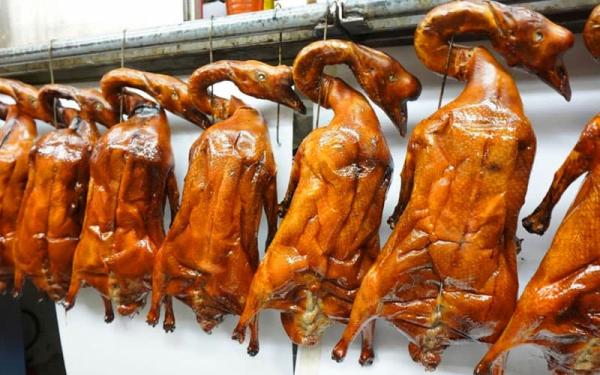
Origins and Historical Significance
The history of Guangdong cuisine is deeply intertwined with the region's unique geographical location. Guangdong, nestled along the Pearl River Delta with access to the South China Sea, has long been a hub for trade and cultural exchange. This rich tapestry of influences is reflected in the diverse ingredients and cooking techniques employed in Cantonese cuisine. From the abundance of fresh seafood to the incorporation of exotic spices like star anise and cloves, Cantonese chefs have skillfully blended local traditions with foreign influences to create a truly unique culinary art form.
Cantonese cuisine traces its roots back to the Han Dynasty (around 202 BC - 220 AD). During this period, skilled chefs in Guangzhou (formerly known as Canton) were already adept at cooking various ingredients using specific methods.
The relocation of the capital from north to south during the Southern Song Dynasty (1127 - 1279 AD) led to the convergence of talented chefs in Guangzhou. Their collective expertise contributed to the maturation of Cantonese cuisine, imbuing it with unique characteristics.
By the Ming Dynasty (1368 - 1644 AD) and Qing Dynasty (1644 - 1911 AD), Cantonese cuisine had become systematic. Guangzhou teemed with tea houses, hotels, restaurants, and snack shops, solidifying its culinary reputation.
In the early 19th century, a wave of Guangdong immigrants settled in North America, establishing numerous Cantonese restaurants. Gradually, Cantonese food gained global popularity, making it the most widely recognized Chinese cuisine worldwide.
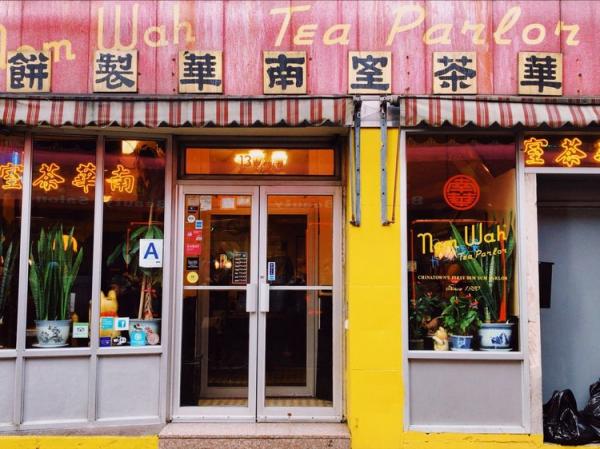
(New York’s Cantonese Restaurant Nom Wah Tea Parlor)
Distinctive Traits of Guangdong Cuisine
Flavors and Seasonings:
Cantonese dishes are characterized by their mild, fresh, and natural flavors. Unlike some regional cuisines that rely on strong spices or bold flavors, the Cantonese approach celebrates the natural taste of high-quality ingredients. Vegetables are often stir-fried to retain their vibrant colors and crisp textures, while fresh seafood is steamed or poached to highlight its inherent sweetness. This focus on clean flavors does not translate to blandness, however. Cantonese cuisine is a symphony of subtle yet complex notes achieved through a masterful use of sauces, seasonings, and cooking techniques.
The goal is to preserve the original flavor of each ingredient. Rather than burying food in an array of spices, Cantonese cooking aims to highlight the inherent taste of vegetables, meats, and fruits.
Expect subtle use of ingredients like peppers, chili, ginger, and garlic to enhance tanginess without overpowering the palate.
Light and Healthy:
Cantonese cuisine avoids excessive oil or grease, and dairy products are rarely used. Unlike calorie-laden dishes found in some regional styles, Cantonese food is relatively low in calories. Pair it with white rice or rice noodles for a balanced meal.
Rich Materials from Sky to Water:
Cantonese chefs have access to a diverse array of ingredients, including poultry, birds, seafood, woodland delicacies, and a variety of vegetables and fruits. The emphasis is on selecting the best parts of each ingredient for cooking.
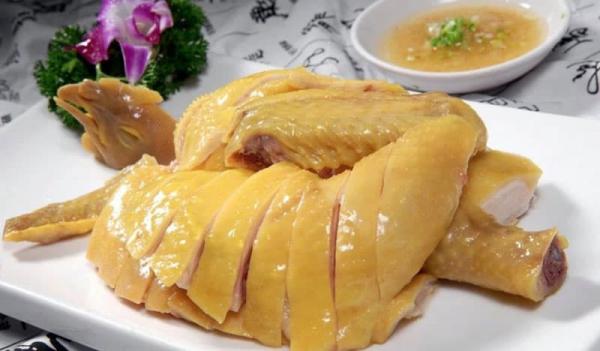
Famous Cantonese Dishes
White Cut Chicken (白切鸡): Tender poached chicken served with a light soy-based dipping sauce.
Cantonese Roasted Goose (广式烧鹅): Succulent goose roasted to perfection.
Roasted Suckling Pig (烤乳猪): Crispy-skinned, juicy piglet.
Char Siu (叉烧): Glazed barbecued pork with a hint of sweetness.
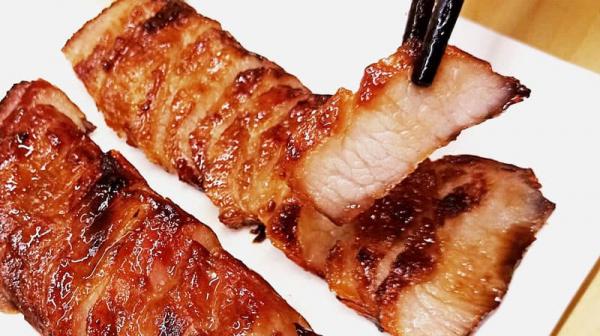
Branches of Cantonese Cuisine
Cantonese cuisine branches into three distinct styles:
Guangzhou dishes: The heart of Cantonese cuisine, Guangzhou is known for its refined flavors and meticulous presentation. Signature dishes like "Char Siu Bao" (barbecued pork buns) and "Dim Sum" (a wide variety of small steamed or fried dishes) are emblematic of the region's focus on delicate textures and balanced flavors.
Chaozhou dishes: This eastern region features a lighter style of Cantonese cuisine, often utilizing seafood and emphasizing a slight sweetness and freshness. Dishes like "Casserole porridge" (congee served with seafood, pork, vegetables), "Oyster Omelette" and " Teochew Steamed Fish". All these dishes are testaments to Chaozhou's unique culinary tradition.
Dongjiang dishes: Their dishes have the unique characteristics of Hakka people. They are featured with strong-flavored dishes. The famous dishes include Baked Chicken in Salt, Stuffed Toufu and Steamed Pork with Preserved Greens, showcasing chefs’ ability to utilize simple ingredients to create flavorful meals.
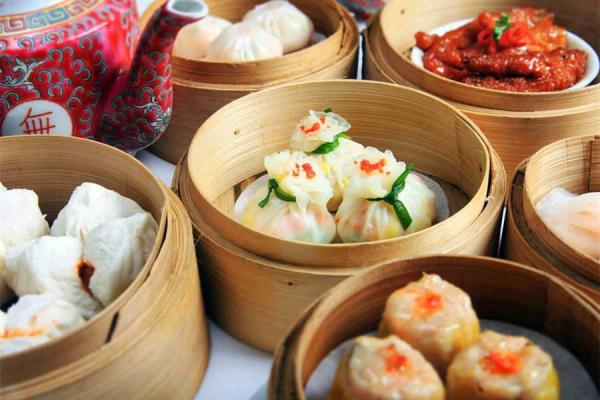
Cantonese Cuisine Beyond Borders
Most Chinese restaurants abroad are Cantonese establishments, making it the face of Chinese cuisine globally.
Whether you’re savoring dim sum, indulging in steamed vermicelli rolls, or relishing a plate of shrimp dumplings, Cantonese cuisine invites you to appreciate its subtle flavors and culinary finesse.
All in all, Guangzhou cuisine embodies a harmonious blend of tradition, natural ingredients, and culinary artistry. From bustling Guangzhou to bustling Chinatowns worldwide, the allure of Cantonese flavors continues to captivate food enthusiasts.
Recommended China Food Tour
★ 10-day Taste of China Top Cuisines
★ 15-day China Cooking & Foodie Tour
★ 4-day Chengdu Food Tour